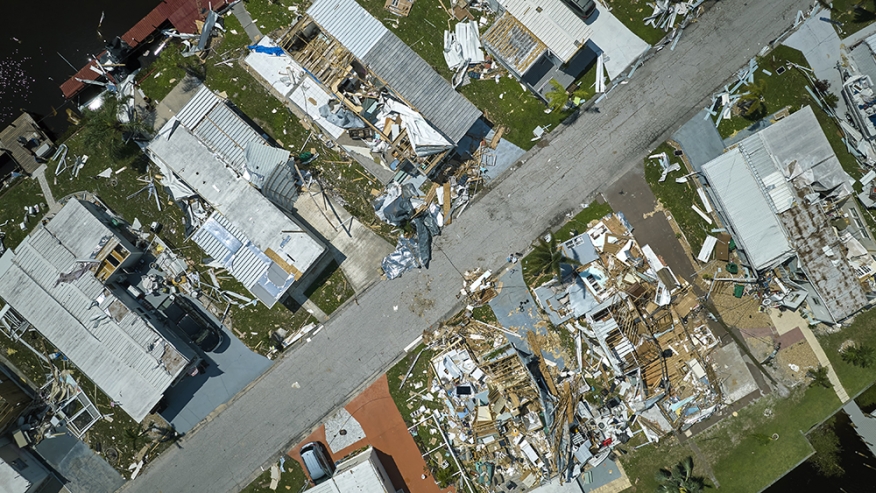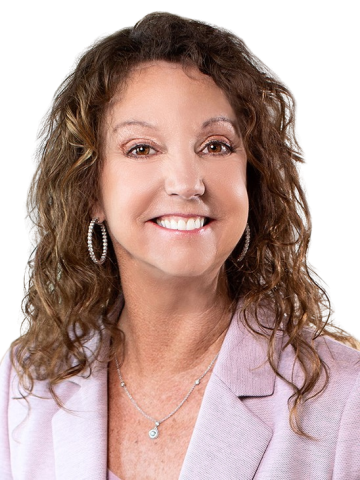For servicers, acknowledging the evolving dynamics of extreme weather includes expecting the unexpected. However, it’s equally important to adopt technologies, new processes, and new mentalities that enhance operational capacity to handle loss mitigation and workout assistance that supports borrowers through financial hardships and disaster-related disruptions.
Putting The Right Pieces In Place
The first step is optimizing self-service and frontline loss mitigation processes. This could begin with a thorough review of current policies, restructuring them where necessary to ensure borrowers receive relief options in a timely manner. For most servicers, the key to restructuring lies in workflow automation, rapid accessibility, and technology-powered results.
Today’s automated workflow technology enables lenders and servicers to expedite data collection, verification, and processing so they can respond to borrowers’ needs with greater speed and flexibility. These technologies arm organizations with an assortment of processes that enable them to address the unpredictable—whether a severe weather event or the need to implement ever-changing loss mitigation regulations and guidelines.
Automating routine tasks and leveraging document generation, OCR/AI advancements, case management, and mobile borrower interactions also enhances bulk processing of like requests and the identification of complexities, which not only reduces costs but minimizes errors, shortcuts, and workarounds that arise during disasters and periods of rising defaults.
Adopting these efficiencies enables servicers to more rapidly identify borrowers affected by natural disasters, facilitating engagement with borrowers and thereby expediting workout processes, helping to manage spikes in defaults. Coupled with system- and human-generated communications that provide borrowers with education and solutions, automated workflows empower servicers to better allocate their human resources for exceptional problem solving and personalized assistance where most needed.













